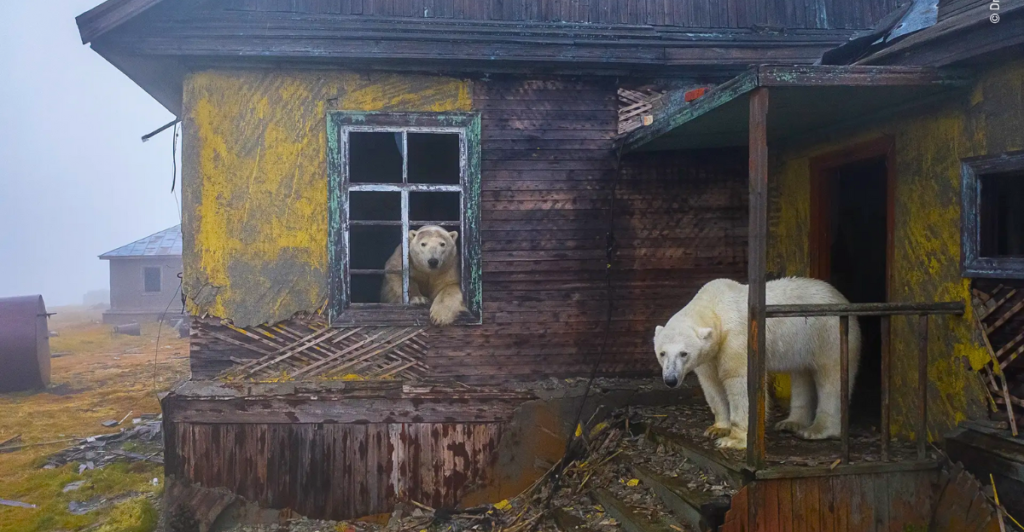
The United States’s ever-changing nature and rich heritage mean that many places once full of life are now abandoned. Here are some places in America that nature has slowly restored.
Centralia, Pennsylvania
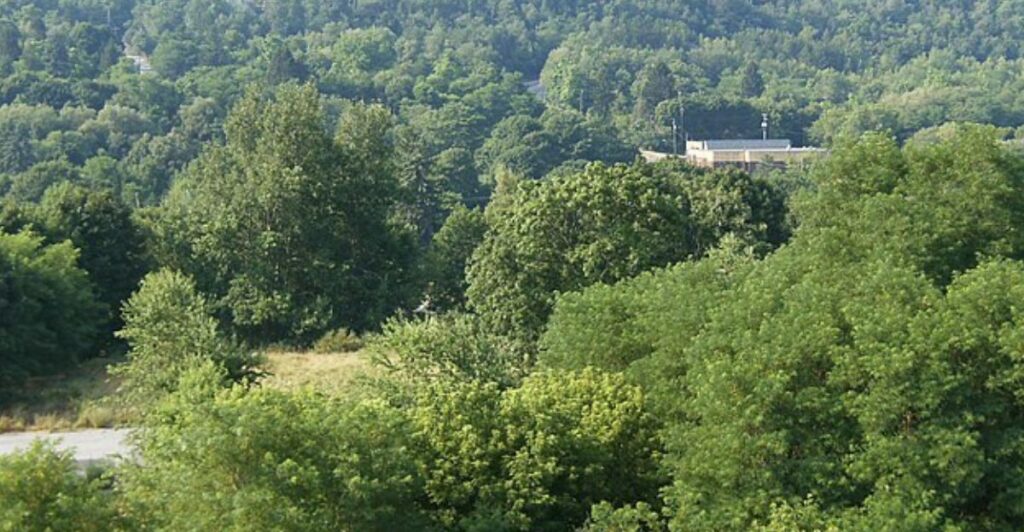
Centralia was a bustling mining town in Pennsylvania until it was abandoned in the 1980s. It became a ghost town because of an underground fire fueled by the rich coal the town had been mining. With humans gone, nature has slowly reclaimed the town, with lush greenery taking over roads and buildings.
Bodie, California
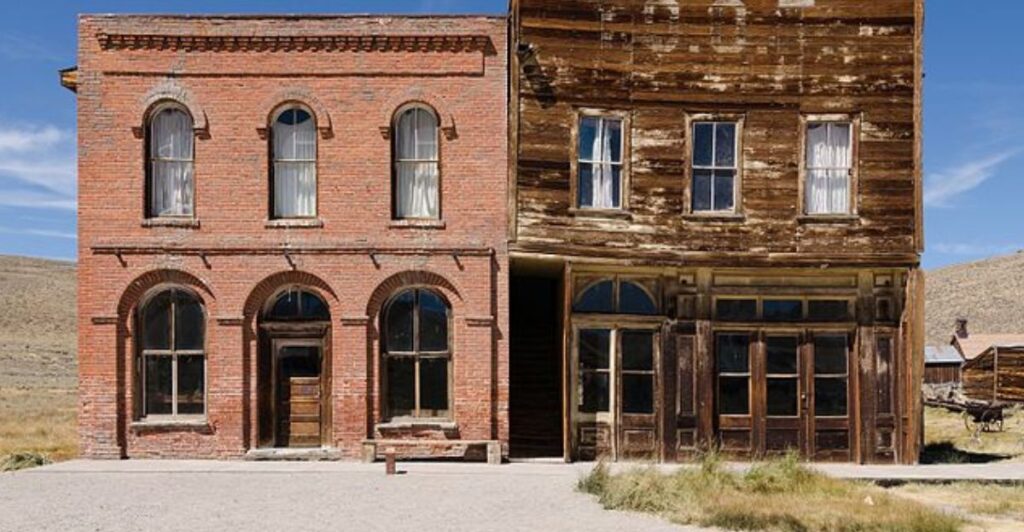
Bodie was a town in California that thrived during the gold rush. Unfortunately, with the mine being depleted, it became abandoned by the early 20th century. Today, Bodie is a state park surrounded by nature and species.
Gary, Indiana
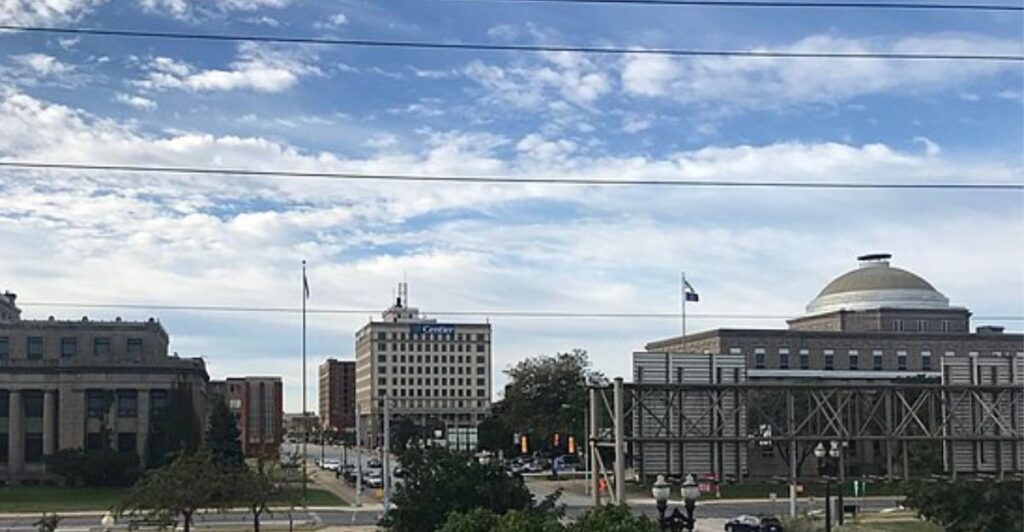
Gary was an industrial city with a thriving population before it declined. The city is abandoned today, with trees and plants creeping over the urban environment. Foxes and deer have started to come into the old city, roaming the streets as if it were part of nature.
Detroit, Michigan
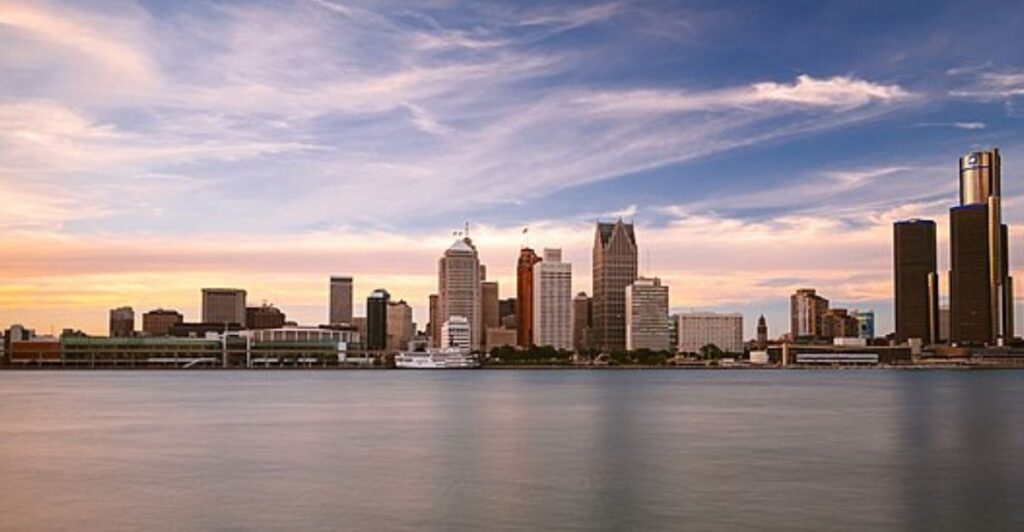
Detroit is one of the more well-known cities that has become quite abandoned over the decades. The city saw an economic decline, which led to many people moving from it. Many areas are abandoned, with places like the Detroit Riverwalk becoming a sanctuary for birds and animals.
New Orleans, Louisiana
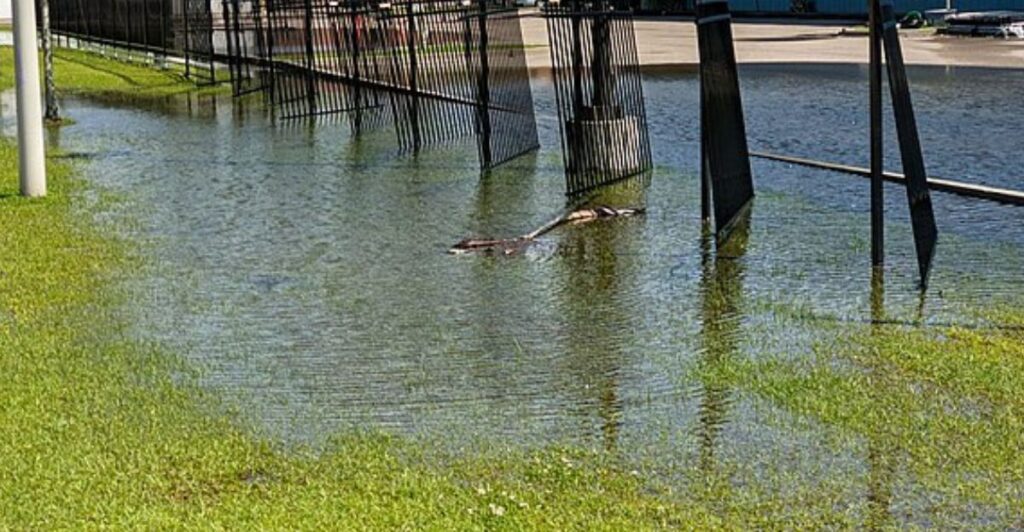
Parts of New Orleans weren’t abandoned due to economic decline but rather due to Hurricane Katrina in 2005. These flooded areas where people’s homes were destroyed have been taken over by nature. This vegetation spells difficulties for urban planners amidst disasters.
Salton Sea, California
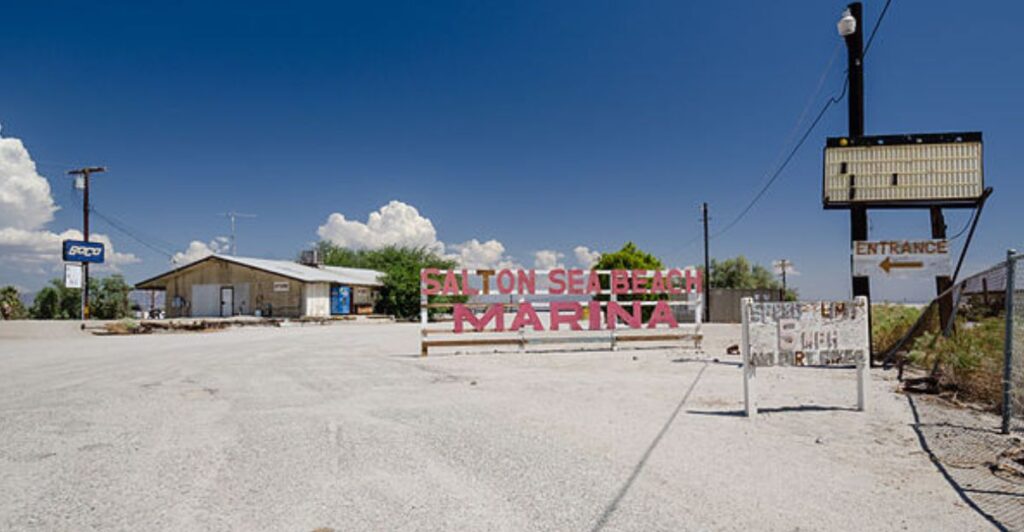
The Salton Sea used to be a popular tourist destination. The resort faced controversy after agricultural runoff and water diversion scared people off. Today, the abandoned shores are littered with bird species and other animals.
Ashland, Oregon
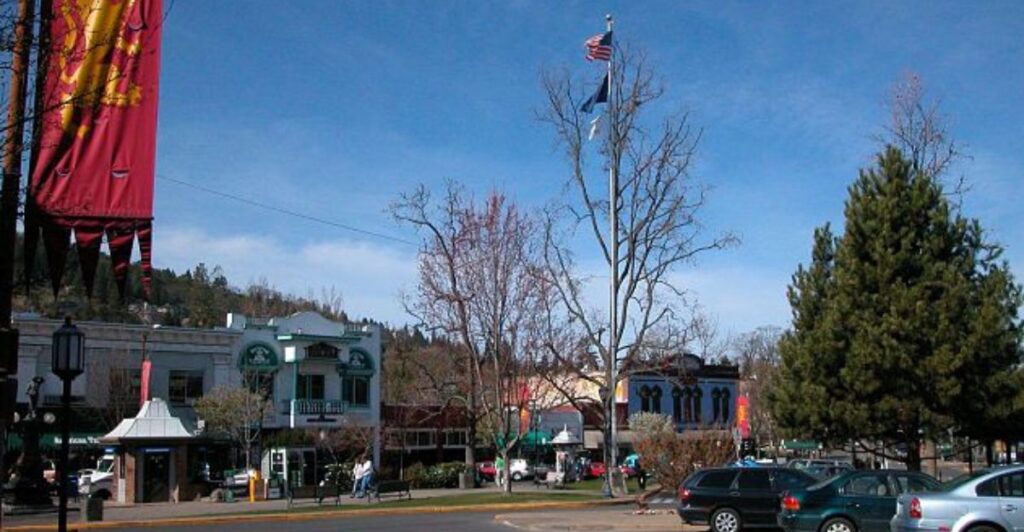
Ashland, Oregon, has seen a population shift over the past few years. Many homes sit vacant while local wildlife creeps in to reclaim the urbanscape. Biodiversity has exploded in the years following the abandonment of buildings.
Harlan County, Kentucky
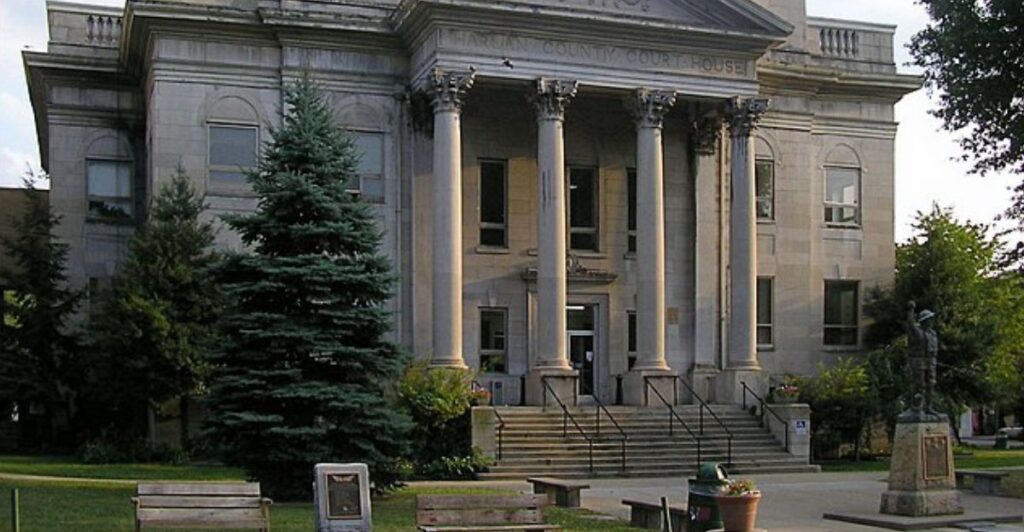
Harlan County is another coal mining town that once flourished. But as the mines in the city started to close, the town’s economy dropped significantly. After many years without humans, nature has returned much of the town.
Flint, Michigan
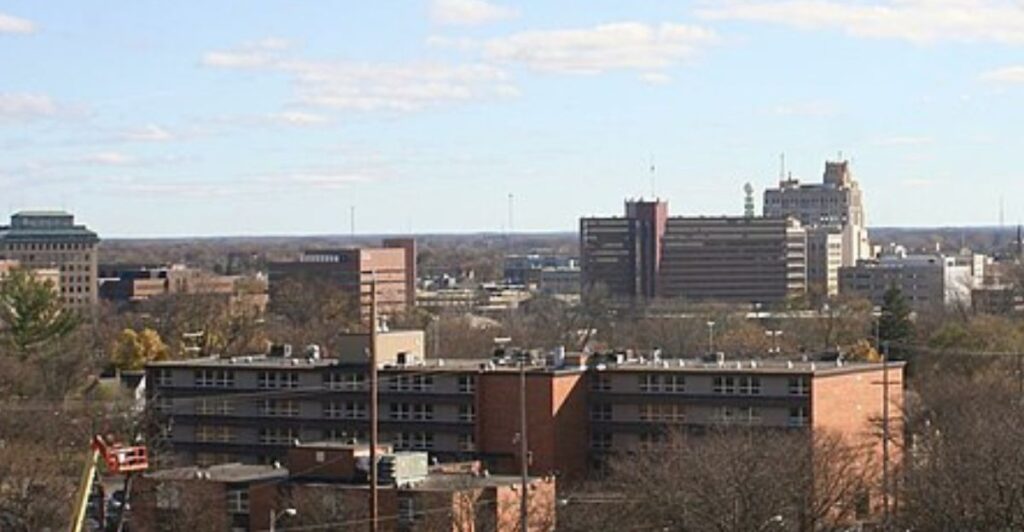
Flint, Michigan, is mostly abandoned now, with many houses lying empty. Vegetation can be seen growing through the cracks of the sidewalks and buildings. As the years progress, it’s theorized that only more of the town will become overgrown.
Nature’s Resilience
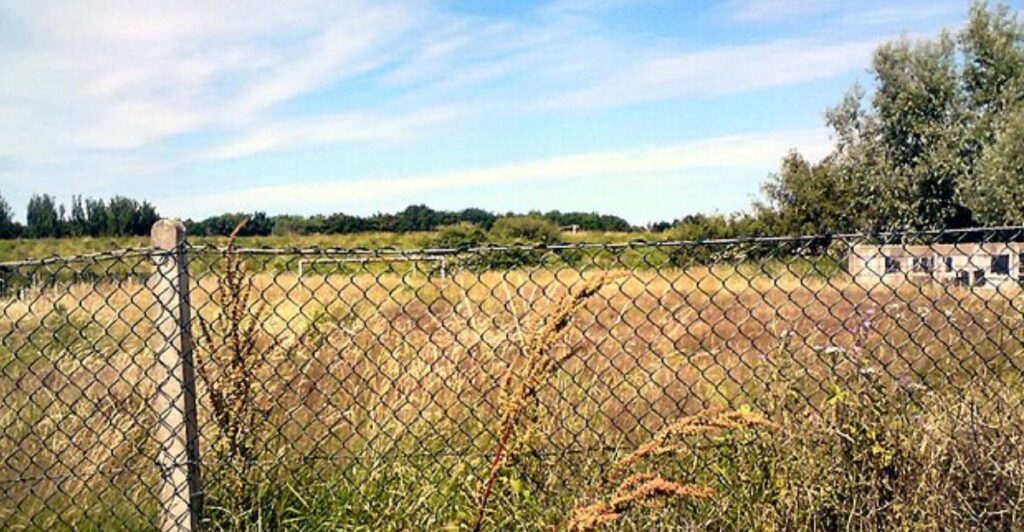
Wildlife reclamation of these towns demonstrates nature’s remarkable ability to adapt and thrive in changing environments. As humans move on from these areas, ecosystems can flourish once again, reminding us of our connection to the natural world and the importance of conservation efforts moving forward.
The Importance of Rewilding
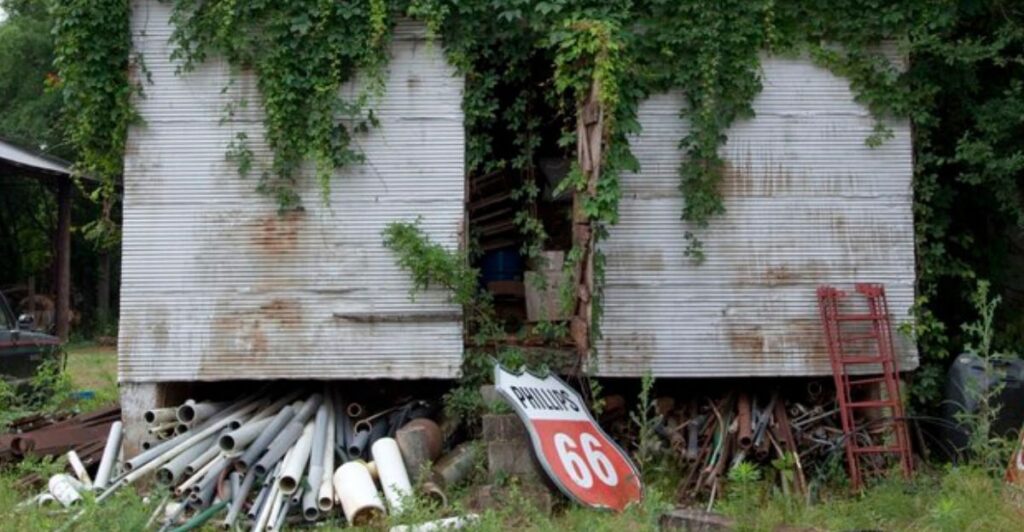
Rewilding refers to restoring ecosystems to their natural state by allowing wildlife to reclaim abandoned areas. This practice benefits local flora and fauna, enhances biodiversity, improves air and water quality, and encourages ecological balance. Rewilding initiatives can inspire communities to appreciate and protect their natural surroundings.
Future of Reclaimed Towns
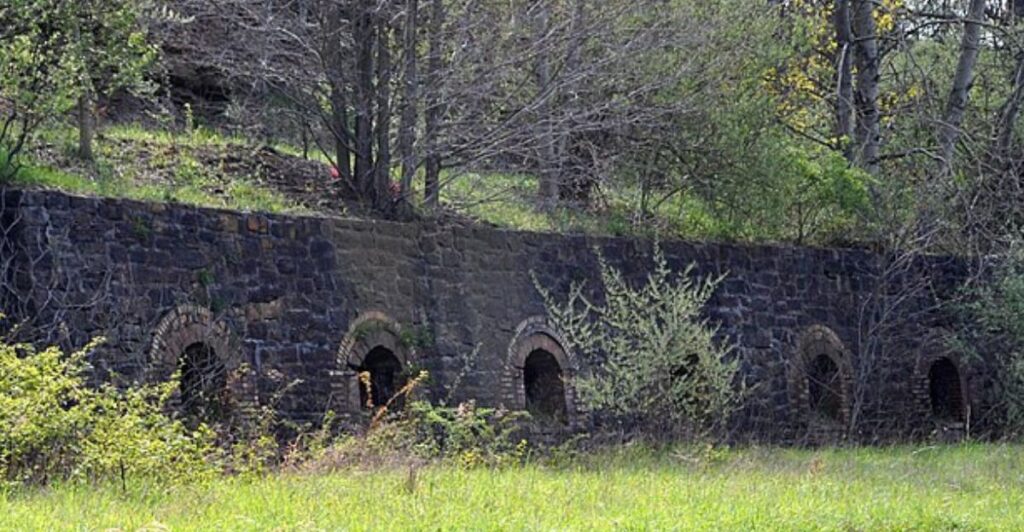
As more towns face abandonment due to economic shifts or natural disasters, the potential for wildlife reclamation will grow. Understanding how these ecosystems thrive can inform urban planning and conservation efforts. By embracing the idea of coexistence with nature, we can foster healthier environments for both wildlife and human communities in the future.
Discover more of our trending stories and follow us to keep them appearing in your feed

California Is Breaking Apart: A Fault Line Is Forming Faster Than Anyone Predicted
The War on Cows Is Over—And Green Extremists Have Lost
Top States Where Wolverines Still Roam
13 Dog Breeds That Will Defend Humans No Matter What
This article first appeared here
Stay connected with us for more stories like this! Follow us to get the latest updates or hit the Follow button at the top of this article, and let us know what you think by leaving your feedback below. We’d love to hear from you!







